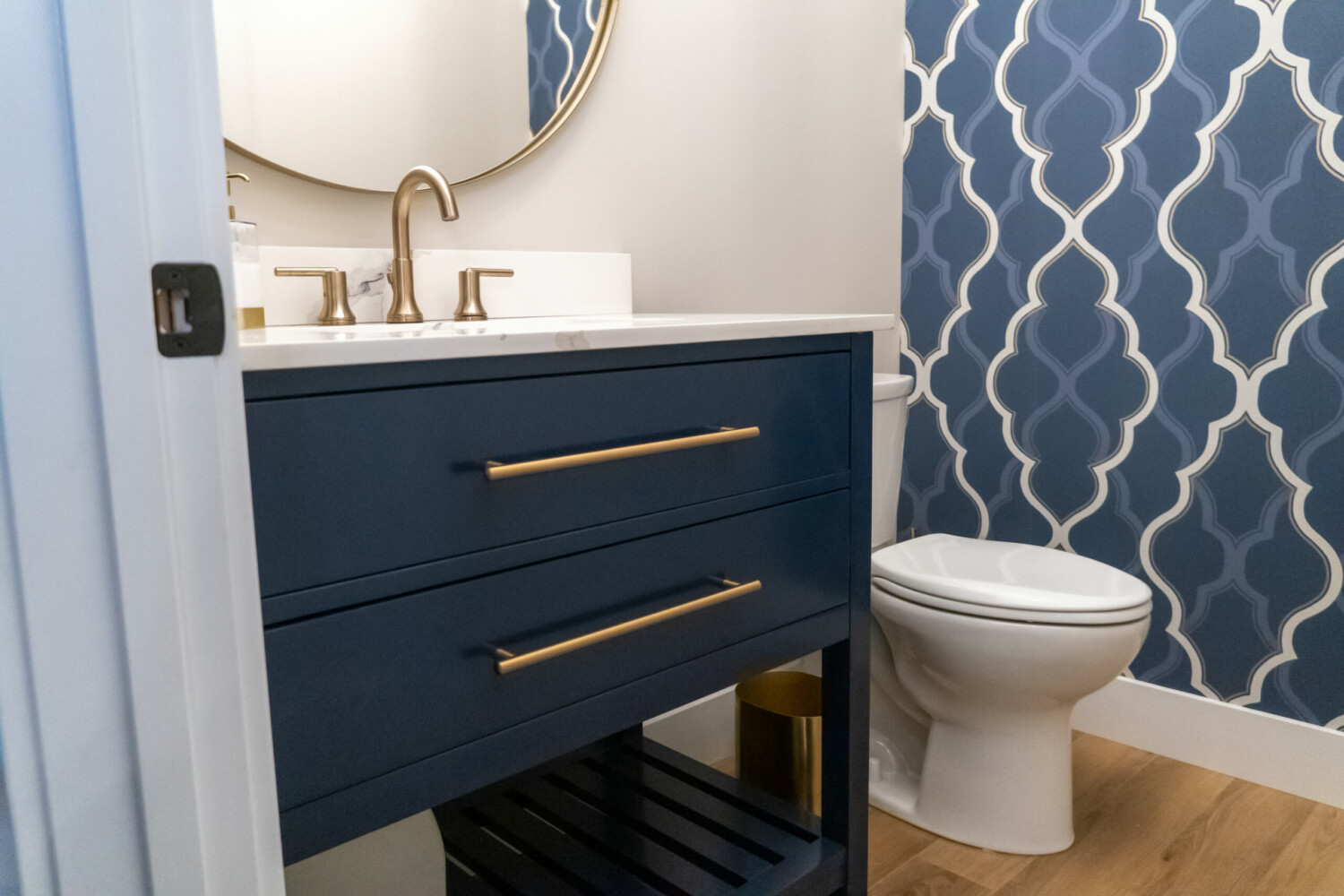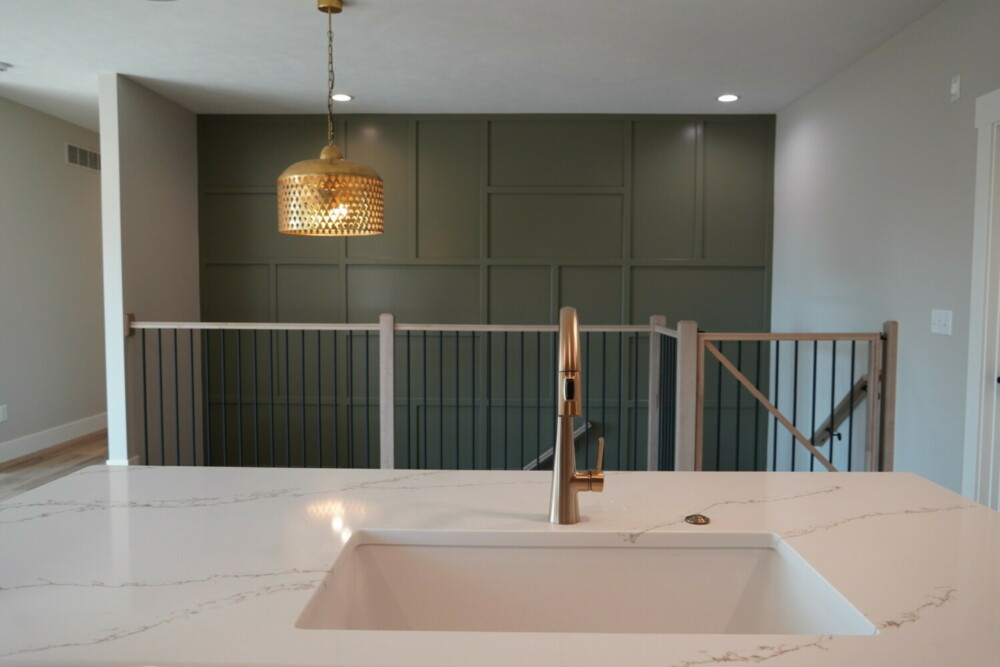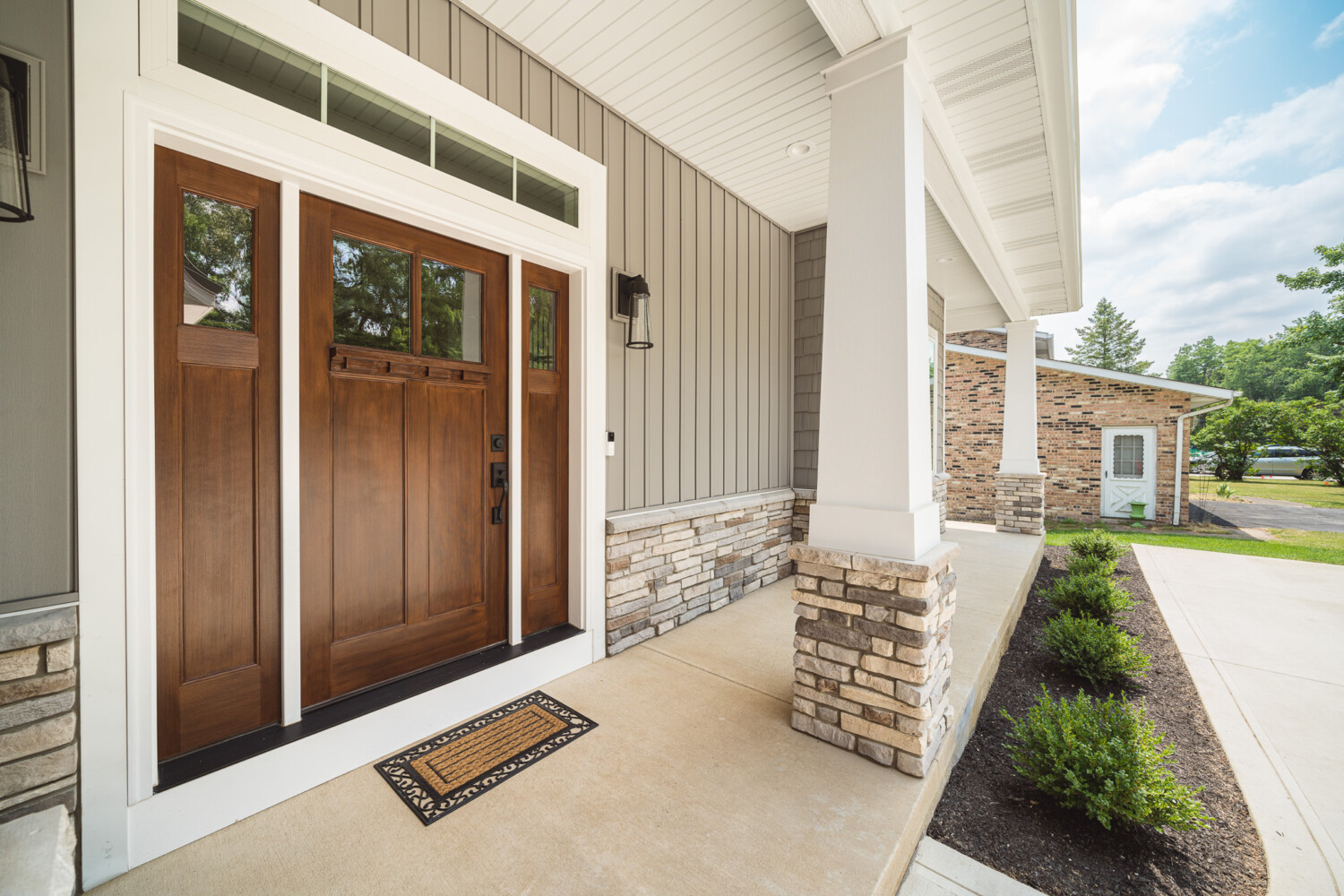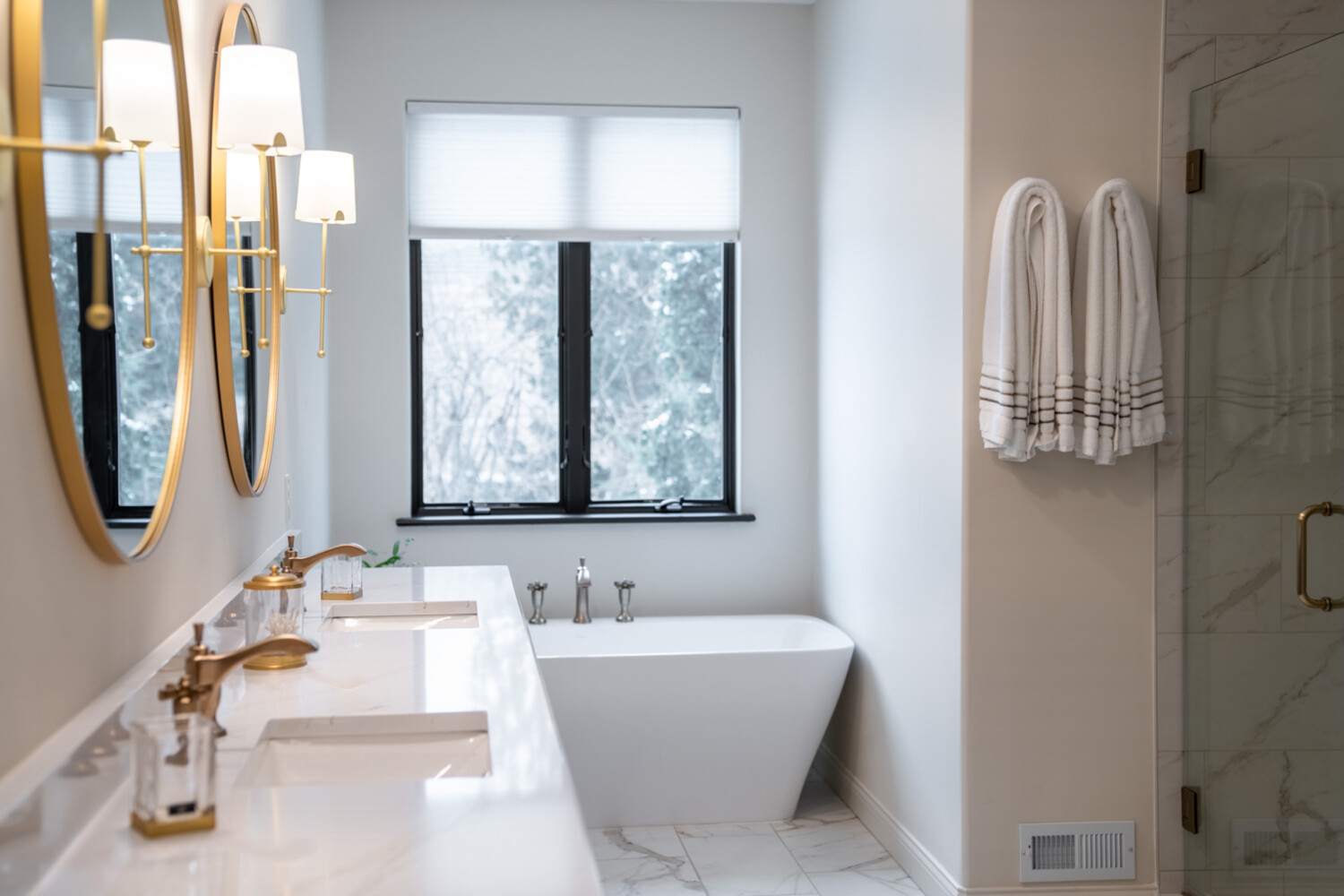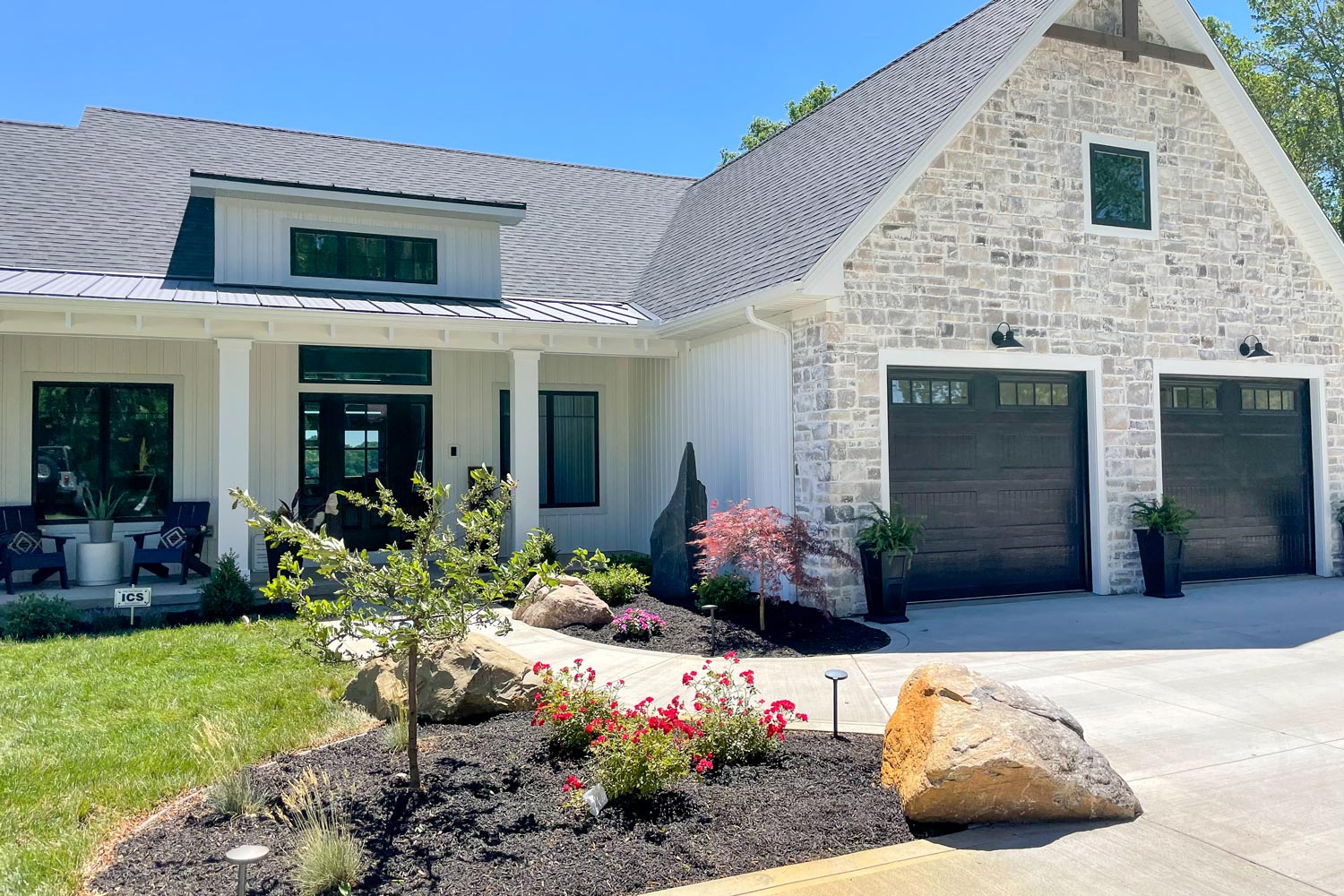
Landscaping a yard can transform it into a stunning and functional outdoor space. To create a well-designed landscape, consider the layout of flower beds and yard spaces. Flower beds can be arranged in various ways, including curved borders, island beds, or layered plantings. Utilizing a mix of perennial and annual flowers can ensure a year-round display of colors. For small spaces, opt for compact varieties like dwarf roses, asters, or petunias. Group plants with similar water and sunlight need to simplify maintenance.
To design functional yard spaces, start with a focal point like a patio, deck, or water feature. Arrange outdoor furniture to create inviting areas for relaxation and entertainment. Incorporate pathways that lead visitors through the garden and define spaces. Native trees and shrubs can provide privacy and shade. A mix of hardscape elements such as pavers, gravel, and stepping stones can add texture and interest.
Choosing the right plants for adequate sunlight is crucial. Observe the yard’s sun exposure throughout the day. Sun-loving flowers like marigolds, zinnias, and sunflowers should be placed in areas that receive at least 6-8 hours of direct sunlight. Shade-loving plants like hostas and impatiens are ideal for areas with limited sun exposure.
When purchasing a customized home from a homebuilder, landscaping options may vary. Some homebuilders may offer basic landscaping packages that include grass and a few trees, while others may provide more extensive options with additional features like flower beds, shrubs, and irrigation systems. It’s essential to communicate your landscaping preferences with the homebuilder to ensure your vision is incorporated.
In conclusion, landscaping a yard involves careful planning and consideration of layout, functional spaces, plant selection, and sunlight exposure. With creativity and attention to detail, you can transform your yard into a beautiful and inviting outdoor oasis.

